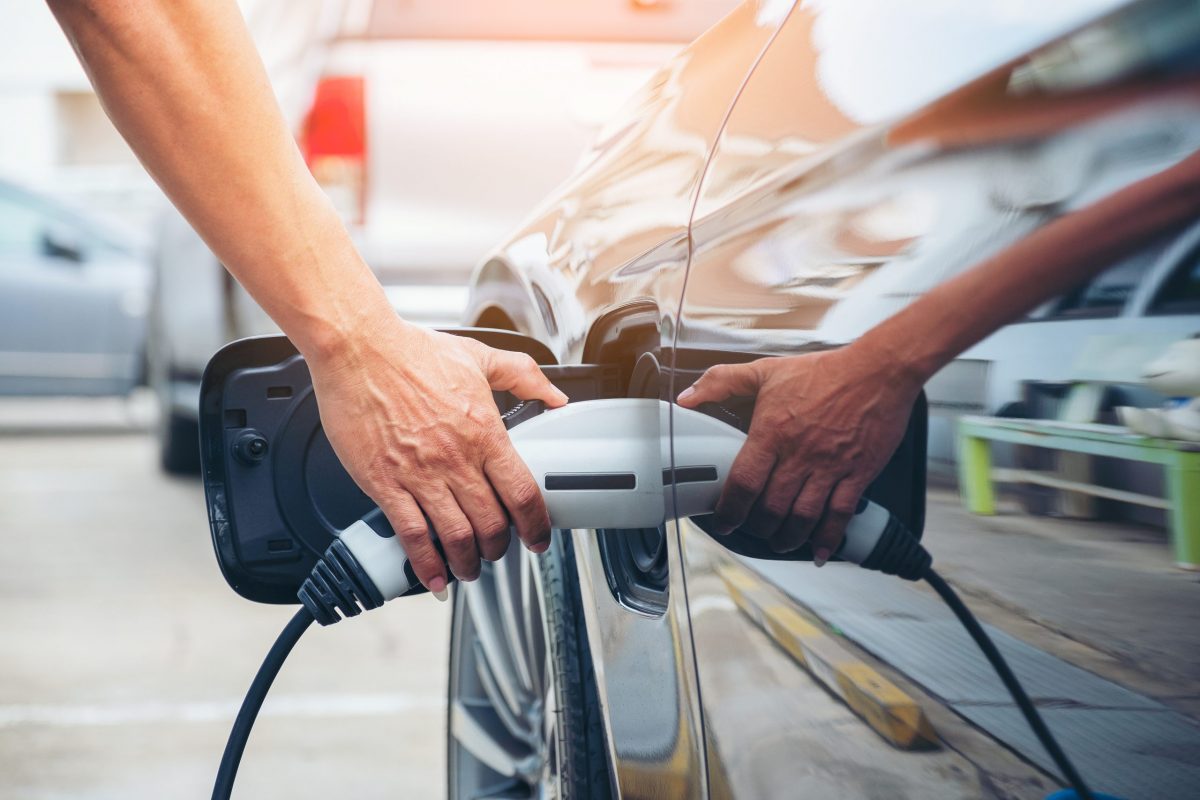Electric vehicle (EV) technology is transforming the world of transportation at an increasingly fast pace. Choices include full hybrids, plug-in hybrids or all-electric vehicles. As the variety of vehicles proliferates, lubricant manufacturers must keep pace to ensure proper fluid management in them. Some of the necessary lubricants are new since hardware configurations have changed, and high-performance fluids and lubricants are even more necessary than ever.
Copper and power electronics
In EVs, there is an increasing interaction of electrically powered components with lubricants. After all, some e-motors and power electronics in EVs come into close contact with the lubricant and, in some cases, can be immersed in them as well—sometimes at the same time. This means lubricants and fluids must have increasingly effective thermal management properties to handle conditions within the electrified vehicle.
There are also more copper and power electronics in the designs of modern EVs, as well as plastics used for insulation or as a substitute for metal vehicle parts—none of which have been incorporated into traditional vehicle architecture. For lubricant and fluid manufacturers, this means that chemical compatibility now comes into play to stop corrosion and other equipment breakdowns.
As the market continues to move in the direction of higher EV adoption, e-fluids will become more critical to the function and reliability of these vehicles
Temperature differentials
Engineering for e-motor fluids must also consider the different operational conditions in hybrid engines. Unlike traditional internal combustion engines (ICEs), the temperature differentials in EV transmissions often spike and are generally less consistent. For these reasons and more, lubricant manufacturers must pay closer attention to dynamic viscosity, density, specific heat capacity, and thermal and oxidative stability.
NVH and e-DCT
Noise, vibration and harshness (NVH) is a new and critical consideration that occurs in EVs and requires fluids and lubricants to mitigate them to enhance the driver’s experience. One cause of NVH can arise from an electrified dual-clutch transmission (e-DCT), which is the choice of many modern EVs. A poorly designed e-DCT fluid can cause clutch shuddering, gear and bearing noises, all of which detract from the overall driving experience. To combat NVH, it’s important to use the proper driveline fluid formulation that provides superior friction performance to eliminate some of the worst of them.
Lower-viscosity lubricants
Finally, lower-viscosity lubricants and oils are just as popular in EV transmissions as they are in traditional ICE engines because thinner fluids mean less resistance to moving engine parts. Since EVs are striving to improve transportation efficiency, their operation should mirror that goal, which lower-viscosity lubricants will do. Manufacturers must find the right balance between this demand and all others.
Example of e-fluid
Because e-DCTs fit with traditional hardware platforms, they ultimately reduce the manufacturing complexity, setting up a cost advantage for hybrids. Compared to entirely electric vehicles, it has a smaller battery and electric powertrain. It also eliminates the starter motor, which again lowers its complexity. e-DCTs are highly efficient, save on energy use, and are made up of helical gears, synchronizers, clutches, axles and e-motors. All these components are lubricated by a common fluid, which presents significant tribological challenges.
Lubricants and fluids must have increasingly effective thermal management properties to handle conditions within the electrified vehicle
What this means
Ultimately, what does this mean for lubricants and lubricant manufacturers? Simply put, it means that EVs need their own standards for lubricants instead of just borrowing standards from the ICE industry. To that end, more lubricant manufacturers are creating specialised, customised fluids to be used only in EV applications. This new technology must deliver proper electrical characteristics, superior corrosion protection, suitable thermal management, compatibility with new plastics and smooth friction performance for NVH benefits.
In conclusion, transmission designs for EV and hybrid vehicles are evolving to meet market needs. To meet these ever-evolving needs, manufacturers are developing e-fluids for a range of e-transmissions. Savvy manufacturers are moving quickly to meet these needs as many markets look to eliminate ICEs from their vehicle fleets. As the market continues to move in the direction of higher EV adoption, e-fluids will become more critical to the function and reliability of these vehicles.
The opinions expressed here are those of the author and do not necessarily reflect the positions of Automotive World Ltd.
Dr Michael P Gahagan is Technology Manager, Driveline, at The Lubrizol Corporation
The Automotive World Comment column is open to automotive industry decision makers and influencers. If you would like to contribute a Comment article, please contact editorial@automotiveworld.com



